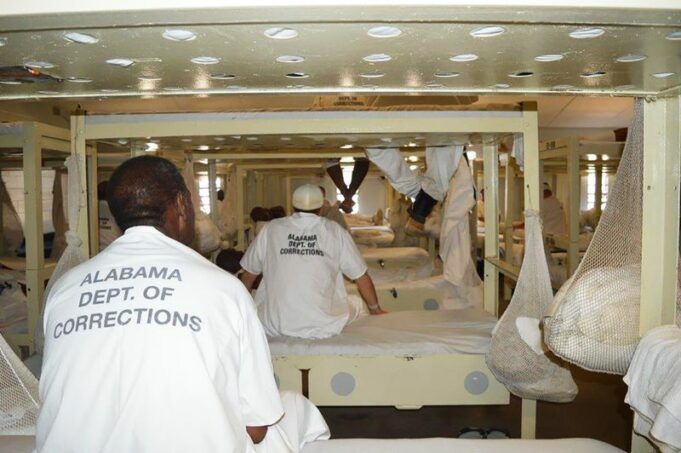The problems in 13 of Alabama’s major prisons came to a head when thousands of prisoners went on a labor strike to demand better treatment. One individual, who is a part of the Free Alabama Movement, described to The Final Call the conditions of the state’s prisons. The individual has been incarcerated for more than 23 years and has been in and out of solitary confinement. He wished to remain anonymous.
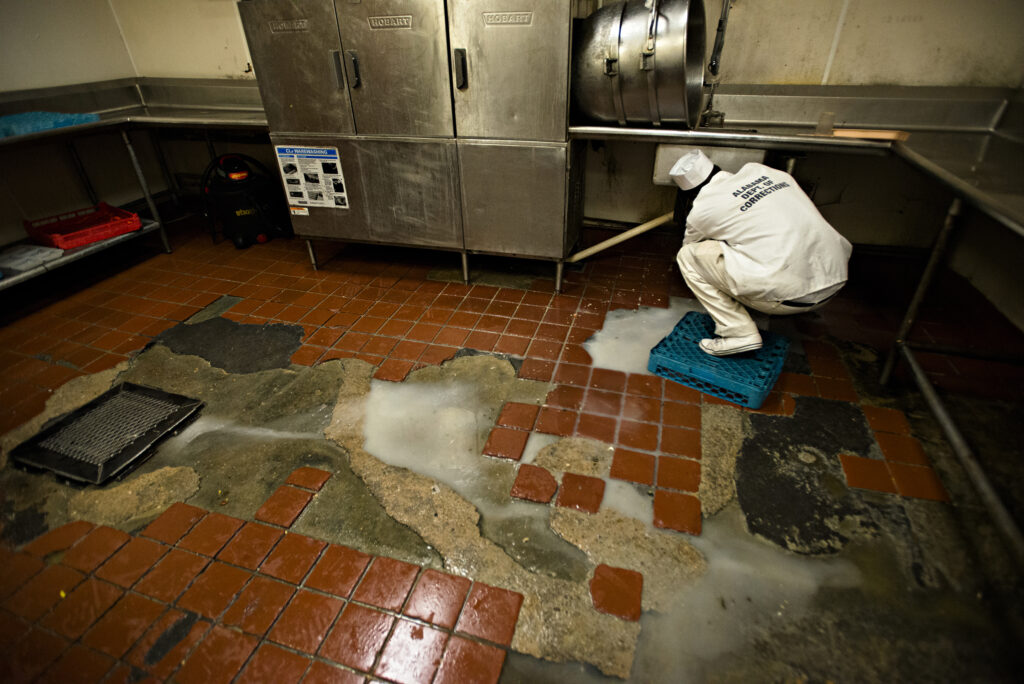
“The water has been found to be contaminated. … We know what contaminated water supply does to life expectancy,” he said. “The food supply. We would see food coming in on food trucks sometimes and labels would say not fit for human consumption. We get inside and the prison is 30, 40, 50, 70, 80 years old and it shows. You have asbestos. You have rust. You have water leaks. You have sewage leaks. You have all of that,” he said.
On top of the environmental and nutritional issues, the prisons suffer from overcrowding.
“So, all of the things that will shorten a person’s life expectancy and bring about death. We realized this is what we are living in. We’re living in a system that’s a slow kill,” he said. “We saw what it does to the mindset, what it does to a human being when you’re totally stripped of power and then you’re put in a place that’s not even fit for human habitation. You will see it in the anger, in the aggression, in the violence, in the hopelessness, in the depravity of heart that allows the people to kill for little of nothing,” he added.
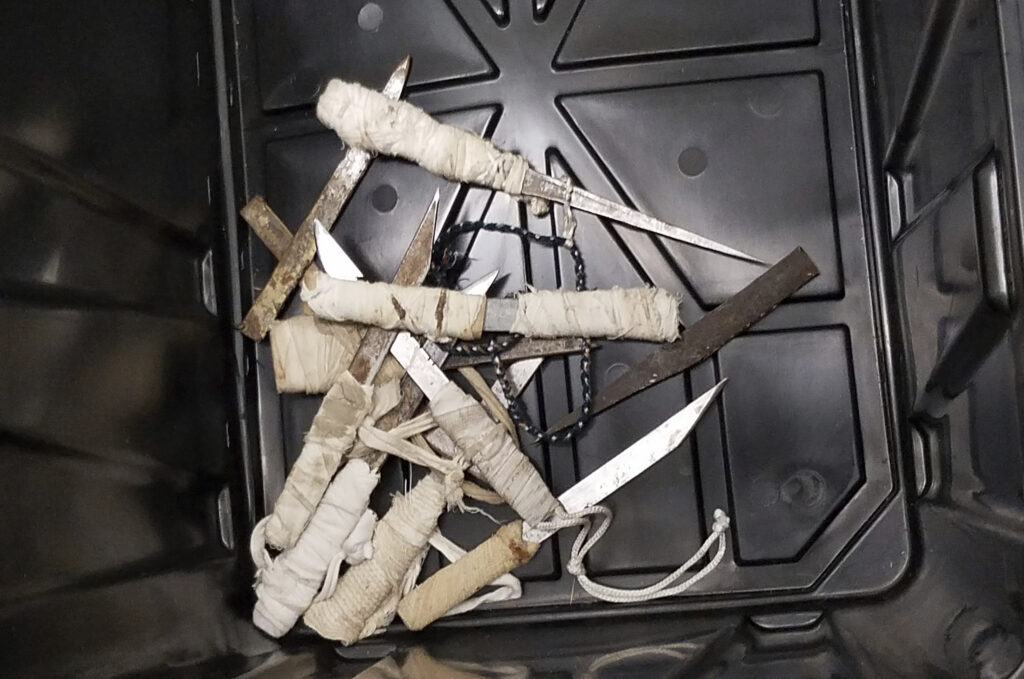
“The value and quality of life was so depreciated that it’s hard for you to live,” he expressed.
The issues and demands
The labor strike began on September 26 and ended around October 15. Prisoners stopped providing free labor in the form of food service, laundry, maintenance, trash and other jobs. The inmate who spoke with The Final Call alleged that the Alabama Department of Corrections (ADOC) responded to the strike by targeting and displacing people.
“They went on a witch hunt. They literally resorted to starvation tactics. What they did with our food. They showed us what it’s like to be oppressed. They showed us what it’s like to be under the control of someone who controls when you eat, what you eat, when you’re done,” he said.
“The state didn’t care. They were willing to sacrifice anybody, whatever they had to do to try to break the will of the people to break the strike. But they were unsuccessful.”
He gave The Final Call access to several photos and videos reportedly showing the deplorable prison conditions inmates are forced to live in. Many of the pictures depict blood, dirt and grime. With little space and little control, inmates attack and kill each other, and drugs run rampant, advocates argue.
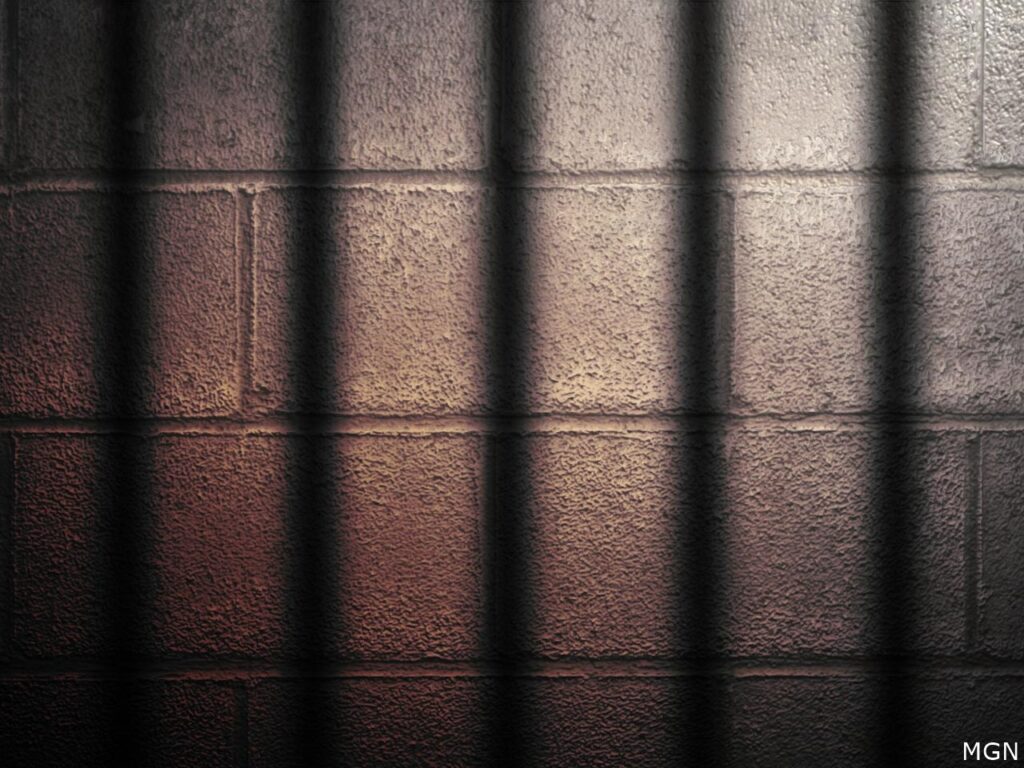
Other inmates suffer from health ailments, including cancer, and are given little to no medical help. The cells are unclean. The toilets are unclean. Meals are inadequate, sometimes consisting of two slices of bread, slices of meat and a tiny portion of fruit. Pictures also showed the prevalence of rats and mice.
According to a July report by the Alabama Department of Corrections, facilities designed to hold 12,115 people are holding more than 20,000. In February 2021, The Sentencing Project, a research and advocacy organization working to reduce incarceration and address racial disparities in the criminal justice system, released a report on life imprisonment, titled “No End in Sight.”
The report states that 26 percent of prisoners in Alabama are serving life sentences or sentences of at least 50 years. Sixty-five percent of those serving life or virtual life sentences are Black.
Student Minister James Muhammad, the Nation of Islam’s Southern Regional Prison Reform Minister, of Birmingham, Alabama, explained to The Final Call that the overcrowding issue has led to correctional officers working mandatory overtime shifts with no raises.
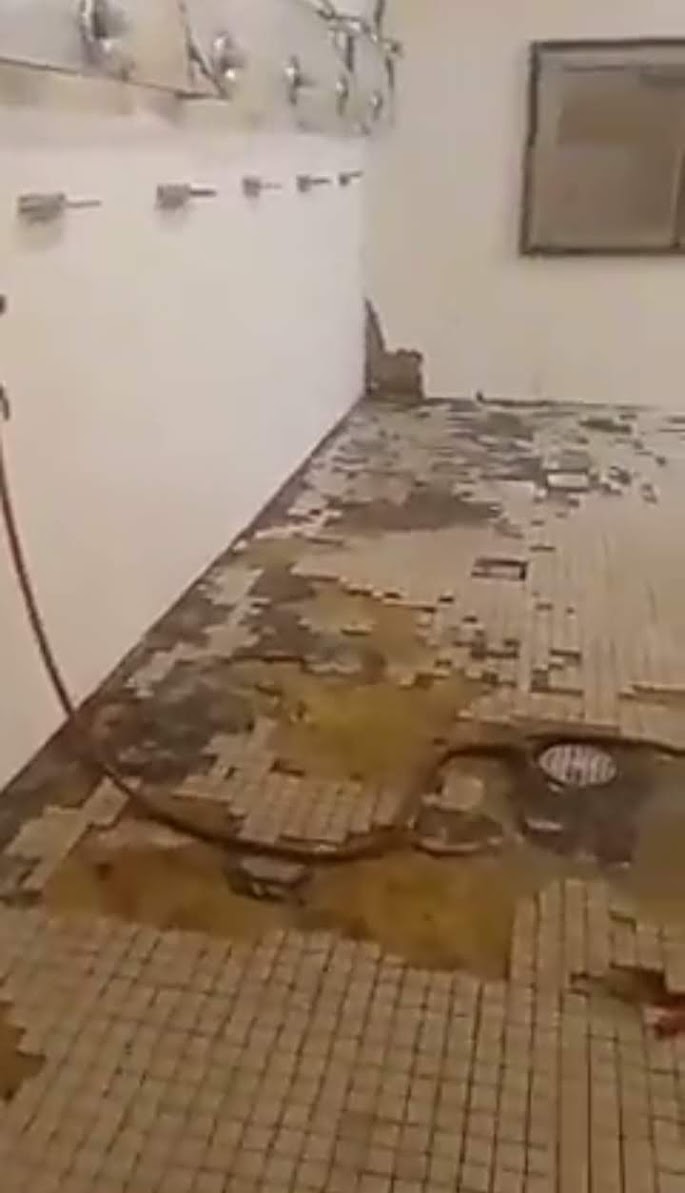

“What caused the overcrowding now is one, the unjust judgments against the people. Ten years for something that probably should have been a year or two-year sentence, but they got 10 years,” he said. “The other thing is not letting people go. People with good records they don’t let go. People with serious health conditions they don’t let go.”
The inmate who spoke with The Final Call stated he has been involved in organizing for about 10 years. He expressed that the state of Alabama has responded to the years of organizing by becoming more oppressive. The state’s actions, he explained, include denying parole to those who were already working in society.
“As all of these things were incurred, the prisons became more violent. And while we were asking for solutions in the form of resources, education and protection,












